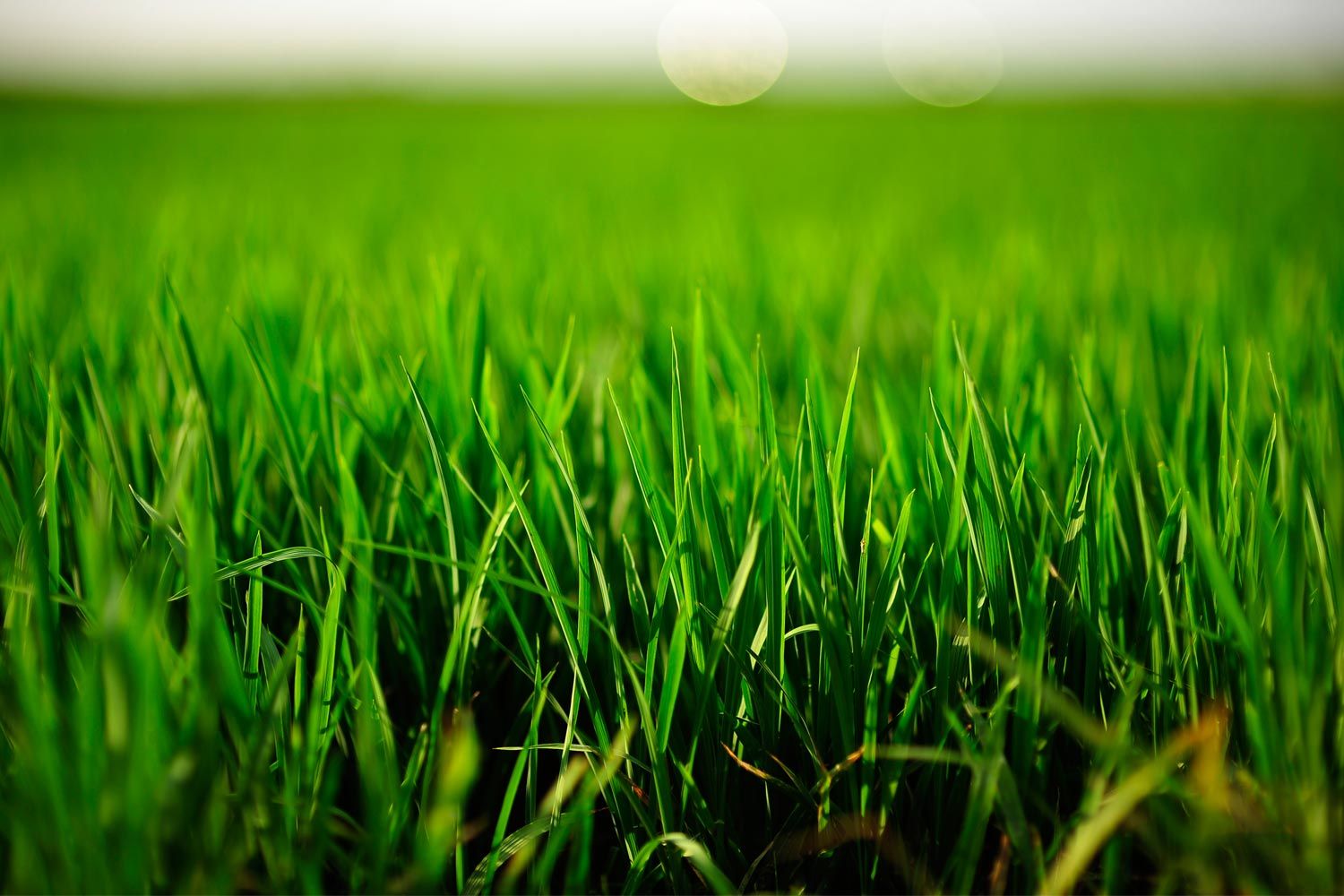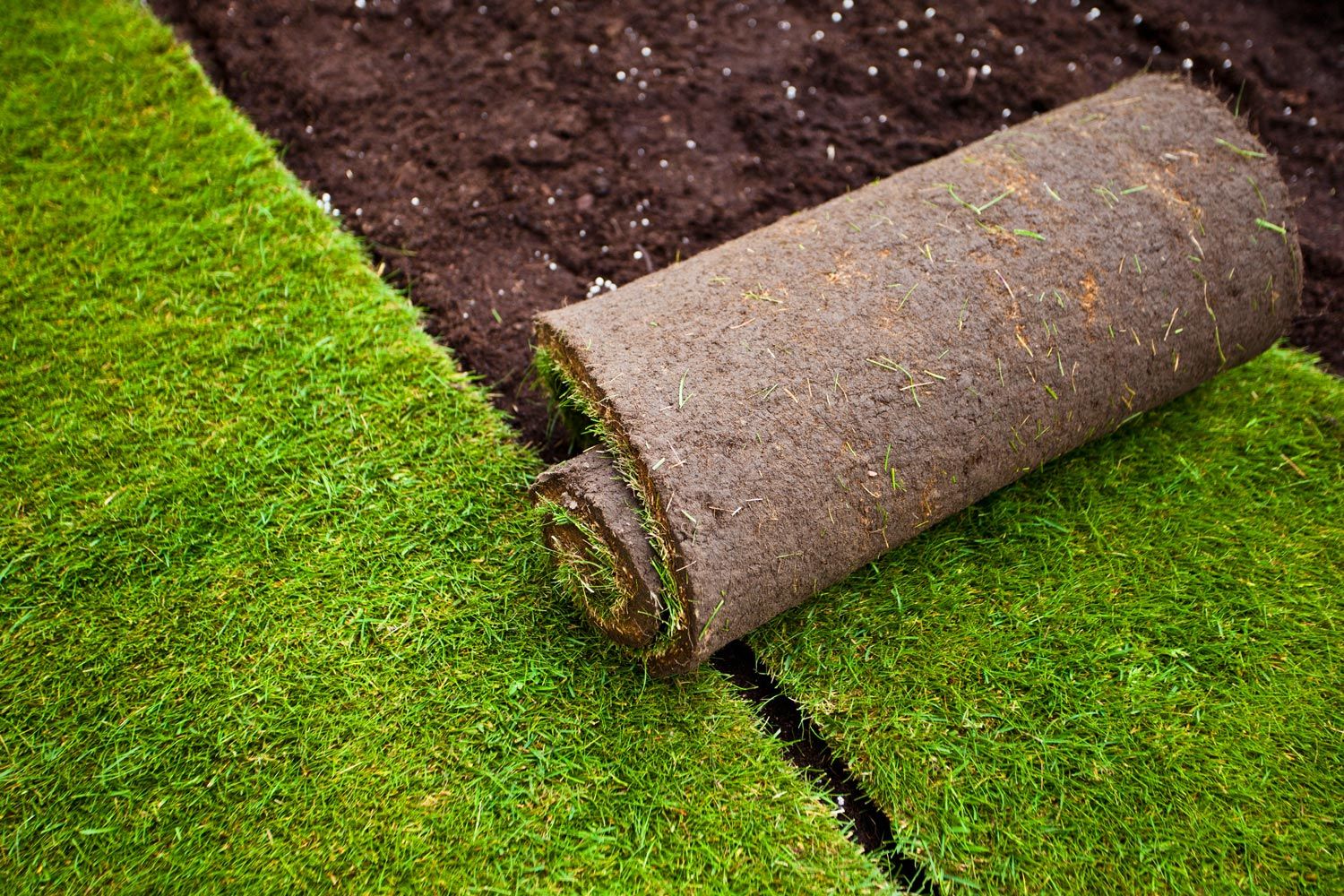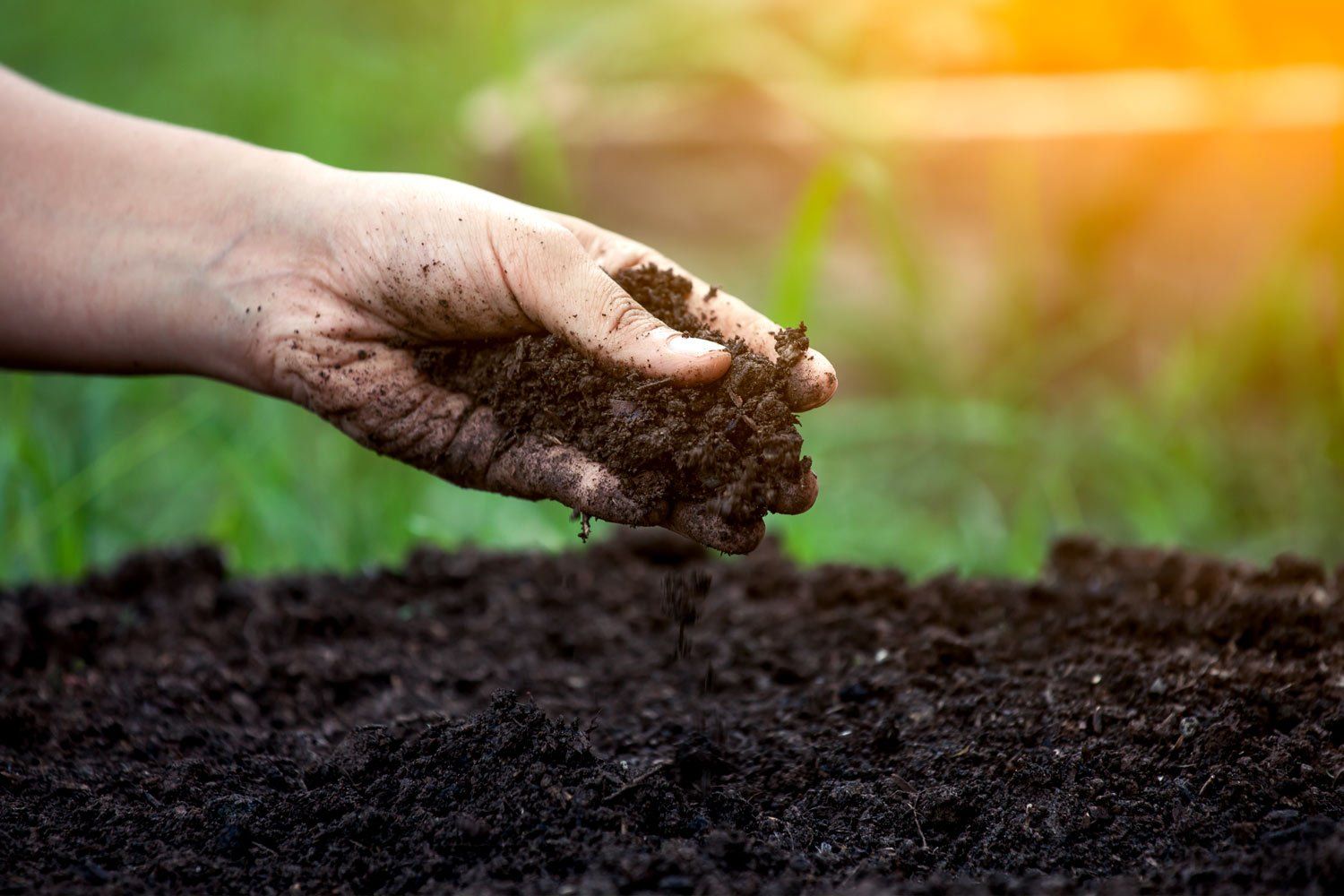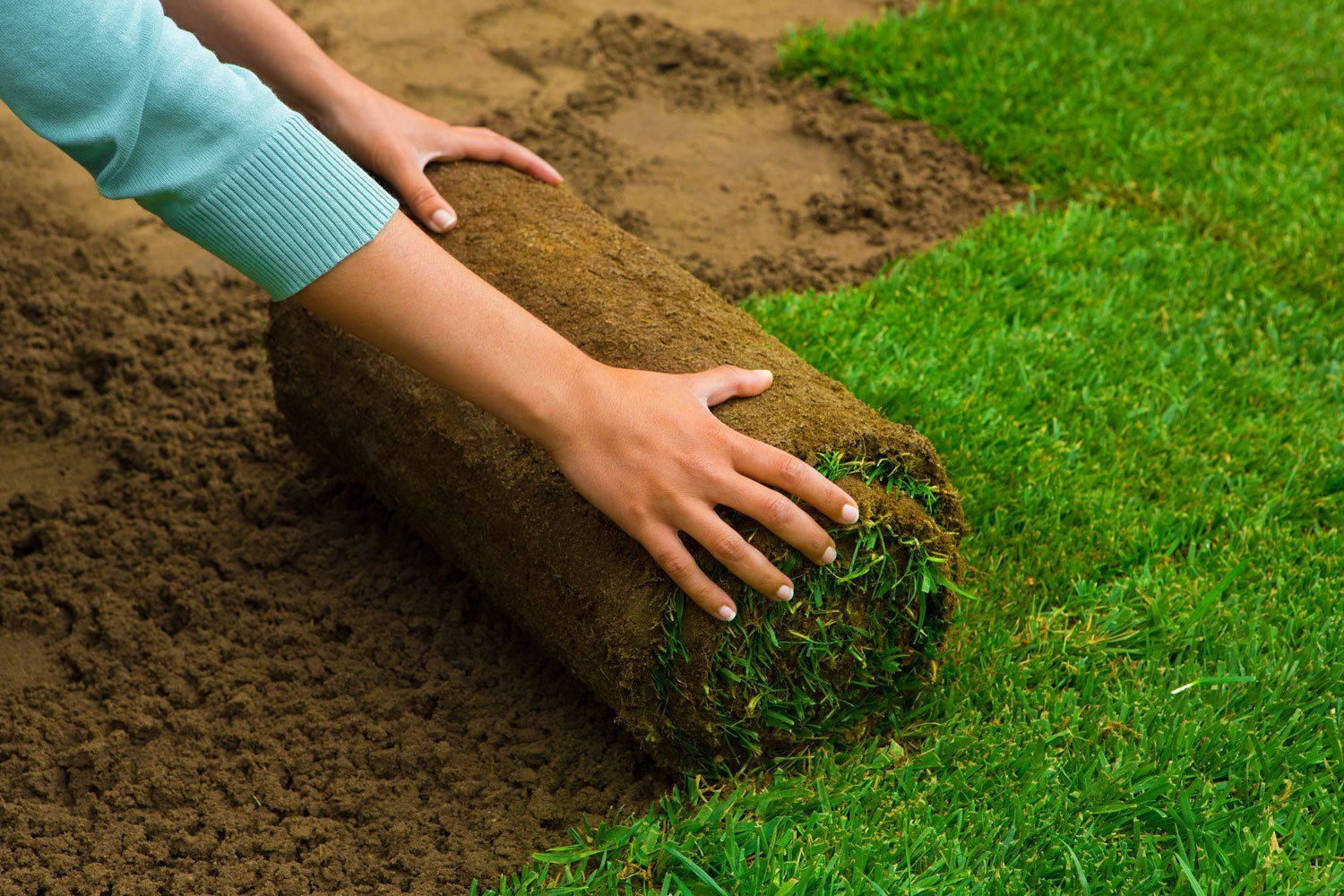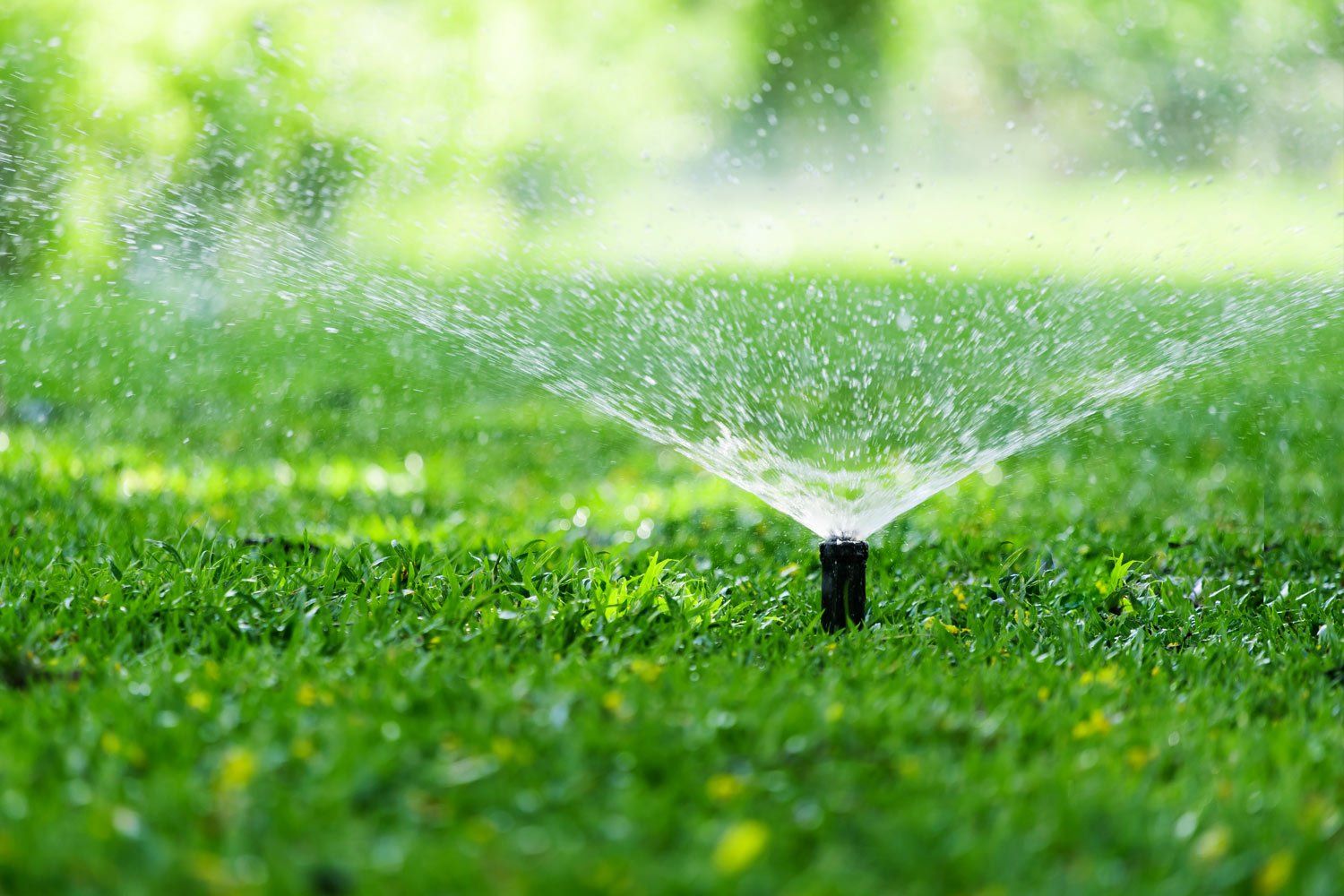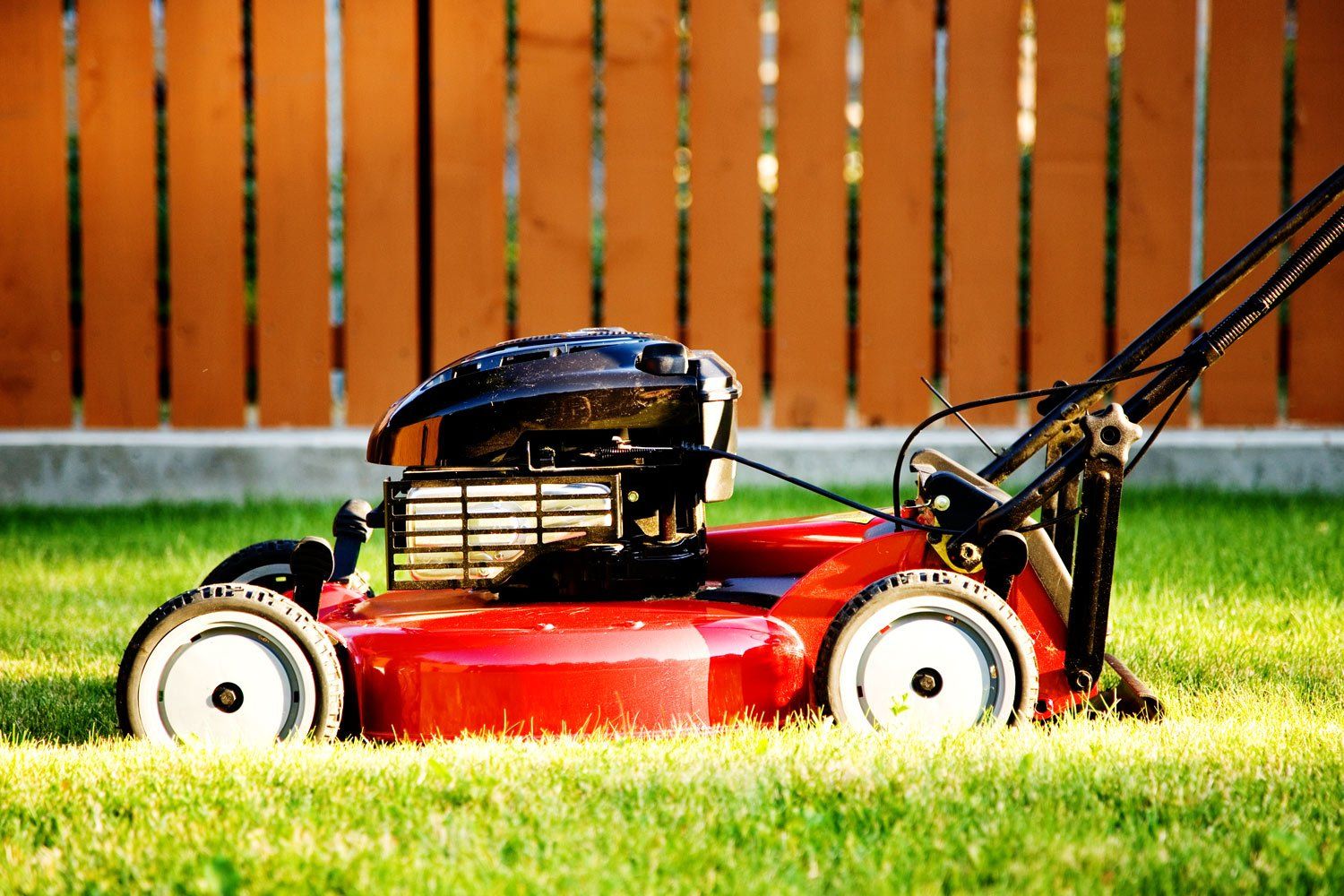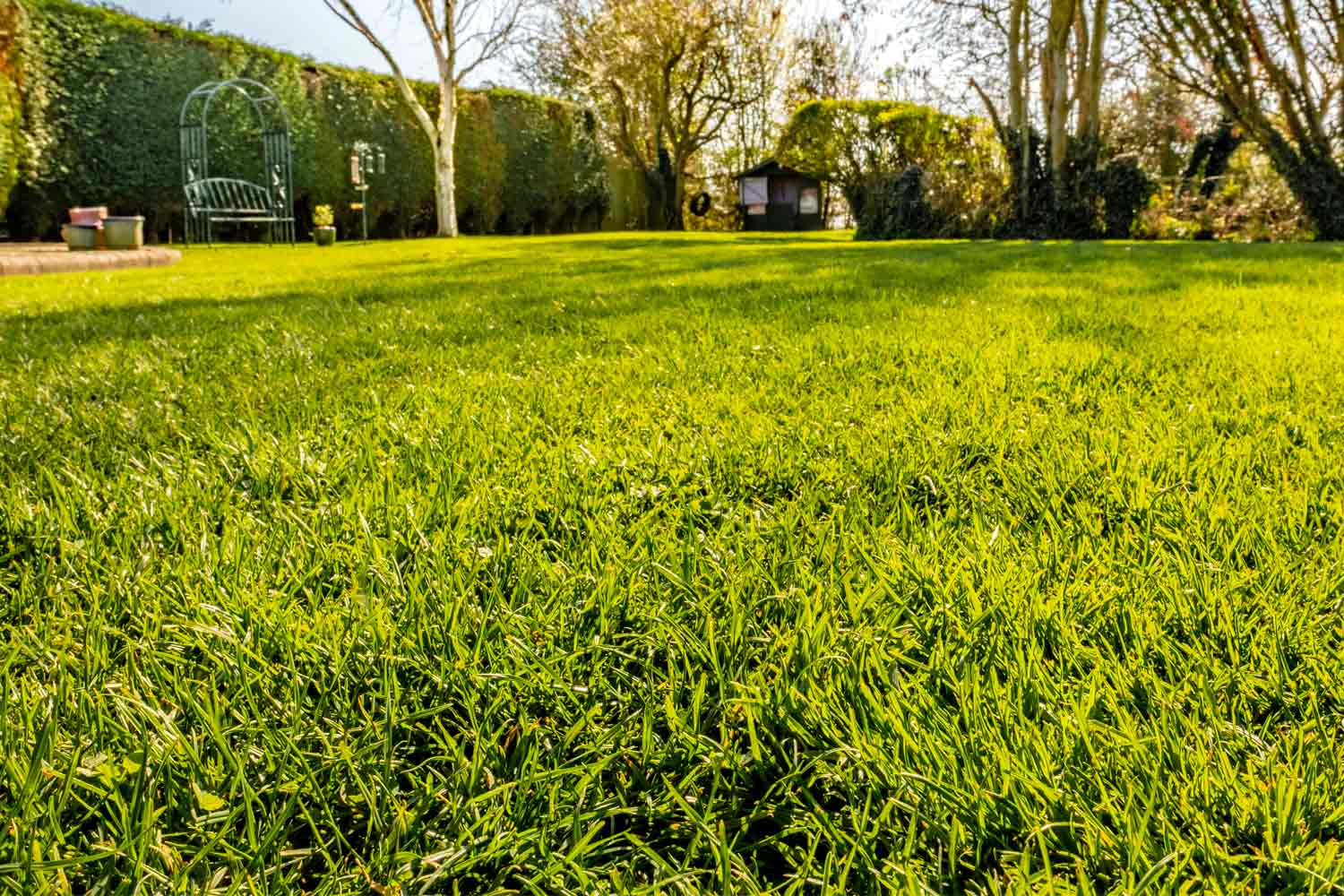High-Quality Turf Products in Wangaratta and Surrounds
Step 1 - Measuring and Ordering
To ensure a turf solution that suits your needs, we need to know the measurements of your planned lawn area. It is up to you to provide the length and width of the area in a basic sketch that also details any unusual features. From this, our staff can gauge the amount of turf needed and make sure you receive a cost-effective solution. After that, simply schedule a delivery time that suits you and we will be there whenever it is convenient for you.
Step 2 - Soil Preparation
There are a number of steps you can take before the turf is installed to ensure you get the best results. First, it is important to dig the area to a depth of 10 cm to 15 cm (4 to 6 inches). This can eliminate drainage problems by having the soil slope away from the foundations. You also need to make sure the soil underneath is suitable, and you can do this by raking fertiliser, lime, peat or compost in the area until the depth is between 7 cm to 10 cm (3 to 4 inches). After removing rocks, roots and large clods, use a lawn roller to press the area. This will firm the soil surface and reveal low areas that need more soil. Keep the grade 2 cm to 3 cm (1 inch) below sidewalks and driveways. Next, you need to water the area to settle the soil and provide a moist base for the turf. Moistening to a depth of 15 cm (6 inches) is recommended for most soils, however, our staff will advise you about any specific needs for your soil.
Step 3 - Turf Installation
With proper care, your new lawn will remain a great asset for years to come, providing an attractive and practical surface that can increase the value of your property significantly. Make sure you cut your grass to no more than 1/3 of its length and keep your mower blades as sharp as possible. The fertiliser and chemicals you apply will depend on the climate, sod and soil type, and weed/disease conditions.
Step 4 - Watering
Within a half-hour of having your new lawn installed, you need to apply about 2–3 cm (an inch) of water to your new lawn and continue to do so on a daily basis until it is firmly rooted (this usually takes about 2 weeks). After this, less frequent and deeper watering is appropriate. The required frequency of watering will obviously depend greatly on weather conditions; it is important to ensure your lawn has enough moisture to survive hot, dry and windy periods, and watering more regularly during these times is necessary. You should also water areas that are near buildings more often, as reflected heat can often dry out the turf.
Maintenance
With proper care, your new lawn will remain a great asset for years to come, providing an attractive and practical surface that can increase the value of your property significantly. Make sure you cut your grass to no more than 1/3 of its length and keep your mower blades as sharp as possible. The fertiliser and chemicals you apply will depend on the climate, sod and soil type, and weed/disease conditions.
Installation and Maintenance Advice Information Sheets
Farm Pick Up Information
Contact our expert team for advice and installation of turf and instant lawns. Call us on 1800 069 229.

